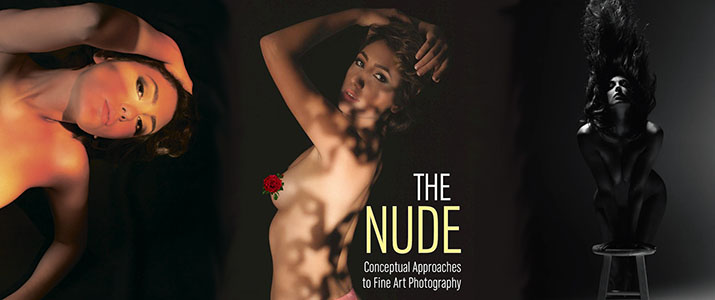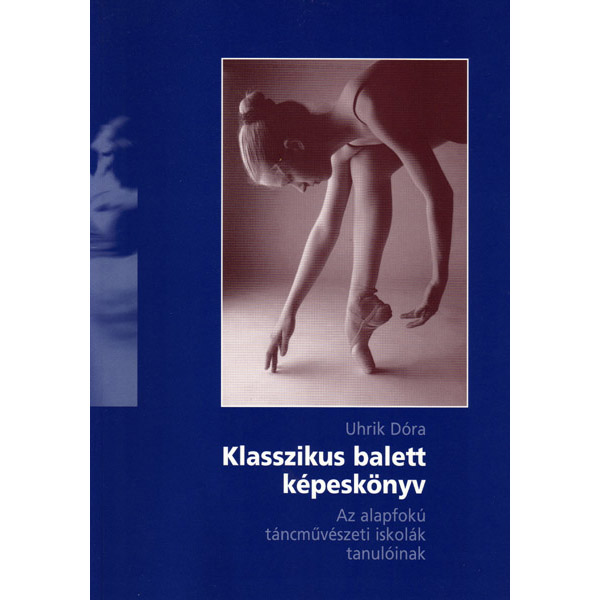In Ballerina: Sex, Scandal, and Suffering Behind the Symbol of Perfection, journalist and dance critic Deirdre Kelly chronicles the fascinating double life of the ballerina, personifying perfection on the stage and facing poverty, exploitation and unsafe working conditions behind the curtain.
Since the ballet itself paid most dancers too little to cover their lavish costumes and other expenses, most acquired wealthy patrons and the most successful became mistresses of royalty. Philippe d’Orleans, regent to Louis XIV’s great-grandson and successor, Louis XV had an affair with Emilie Dupré, a ballerina with peasant origins. Sophie Hagman, a dancer in the Royal Swedish ballet, began her life as the daughter of a gamekeeper but eventually became the official mistress of Prince Frederick Adolf of Sweden. Kelly provides countless other examples of women from humble origins who used the role of the ballerina-courtesan to rise to the pinnacle of high society.
E-book by Deirdre Kelly. Ballerina: Sex, Scandal and Suffering Behind the Symbol of Perfection. PDF, 250 pages.
Source:
https://dancemelody.com/ballerina-ebook-by-deirdre-kelly/
Free download:
https://dancemelody.com/download/BK/
Buy "Ballerina: Sex, Scandal, and Suffering Behind the Symbol of Perfection Paperback" on Amazon
https://amzn.to/39cB6uB
Throughout her history, the ballerina has been perceived as the embodiment of beauty and perfection — she is the feminine ideal. But the reality is another story. Beginning with the earliest ballerinas, who often led double lives as concubines, Deirdre Kelly goes on to review the troubled lives of 19th-century ballerinas, who lived in poverty and worked under torturous and even life-threatening conditions. In the 20th century, George Balanchine created a contradictory ballet culture that simultaneously idealized and oppressed ballerinas, and many of his dancers suffered from anorexia and bulimia or underwent cosmetic surgery to achieve the ideal ethereal form. At the beginning of the 21st century, ballerinas are still underpaid, vulnerable to arbitrary discrimination and dismissal, and expected to bear pain stoically — but much of this is beginning to change. As Kelly examines the lives of some of the world's best ballerinas, she argues for a rethinking of the world's most graceful dance form — a rethinking that would position the ballerina at its heart, where she belongs. Highlighting the work of such great ballerinas such as Anna Pavlova, Isadora Duncan, Suzanne Farrell, Gelsey Kirkland, and Evelyn Hart Kelly illustrates how the world of ballet is slowly evolving.

From the book:
Guimard’s new residence epitomized the luxury and frivolity of the age: “The entire salon is painted with murals,” observed the author Friedrich Melchior, Baron von Grimm, in a letter written in 1773, “and Mademoiselle Guimard appears in them as Terpsichore with all the qualities that can show her off in the most seductive way in the world.” The porno shows were an extension of the salon; Guimard made herself continually desirable by ensuring that everyone who was anyone would want to sit at her table. She accomplished this by hosting three suppers a week, with entertainment, at her sumptuous new residence. One supper was for highly placed members of court and government; a second supper was for artists, writers, and scholars; the third was, to quote the Mémoires secrets, “a veritable orgy, where one found the most seductive and lascivious women and where luxury and debauchery attain their zenith.”
But nothing good lasts forever, not even good sex; by 1785, Guimard was facing financial difficulties and was forced to sell the Temple of Terpsichore to make ends meet. Ever resourceful, she came up with the idea of auctioning off the property through a lottery. She sold 2,500 tickets at 120 livres a piece, two examples of which are conserved in the Bibliothèque Nationale in Paris.115 She raised nearly 300,000 livres from the lottery, but the Comtesse de Lau, who was the winner, immediately sold the Temple Terpsichore for double the money to the French banker Jean-Frédéric Perrégaux, also Guimard’s friend. There were no hard feelings; Guimard and Perrégaux maintained a warm relationship, especially after 1787, when her money woes seemed well behind her. Louis XVI had that year granted her a 6,000 livres annual pension in recognition of her contributions to Parisian society (and doubtless in more ways than one). His wife, Marie Antoinette (1755–1793), was a fan of the dancer, calling on her for fashion and beauty advice, Guimard being a well-known clotheshorse with a taste for simple gowns of pastel shades made from expensive materials. In a single year, 1779, her stage wardrobe alone had cost 30,000 livres. But when the French Revolution struck the following year, the pension disappeared and so did the extravagant wardrobe.
Although a well-loved artist, Guimard also represented all the corruption, debauchery, and blasé privilege of the ancien régime. She had no more protectors: Soubise and Laborde both lost their heads to the rabble. Guimard had to go into hiding. She retreated with Despréaux to an out-of-the-way attic apartment in Montmartre, where soldiers were said to be too lazy to climb the hill to get her. There, she lived a little like Marie Antoinette playing milkmaid at Versailles; she became a gardener and grew her own vegetables. Yet the lure of the theater remained strong. Her health was weak; she had survived smallpox, which reportedly marred the face on which she had so studiously practiced the art of maquillage. With Despréaux’s assistance, she devised a third pornographic theater, featuring marionettes, whose doors she opened to only a very small circle of her former habitués. She appears not to have danced again.
When Guimard died, on May 4, 1816, the public had already forgotten her. She was buried without notice. A brief obituary made no mention of her accomplishments. It was up to her husband, who had called her his best friend, to correct the record. Seven months following his wife’s death, he wrote a letter to a friend extolling her virtues: “Among women dancers Mme. Guimard-Despréaux was superior to all the others because nature had endowed her with intrinsic, and one might say, spiritual grace.” It was easy for him to say; the Temples of Terpsichore, those theaters of the erotic which Guimard had so expertly managed, disappeared along with the ancien régime. Time would be the ultimate judge of her accomplishments, and indeed time has been kind to the dancer who once made herself look youthful by making up her face each morning in imitation of the painterly images of her as the Muse of the Dance that once decorated her more opulent surroundings. Today, her likeness is preserved in a bust that sits inside the Palais Garnier, casting an eye over the generations of ballerinas who have followed in her wake. Guimard remains a reminder of ballet’s traditions as well as its darkest secrets.
That Guimard’s memory is immortalized within the gilt-edged halls of the Paris Opéra, shrine to the art of ballet, shows that in her time the ballerina-courtesan was not a social pariah; nor was she a victim. Ballerinas like Guimard, together with Camargo and Prévost before her, were singular sensations whose remarkable dancing talents encouraged a sensualizing of the female body, which previously had been denied by the Platonic ideals demonstrated by processional ballets at court. When seen frontally on a stage, the first professional ballerinas excited emotions within their spectators. They were adulated, adored, and desired; for ballerinas like Guimard, Camargo, and Prévost, such attention was ultimately empowering. Sallé found it intrusive and shunned the advances of her male patrons, choosing to relish her sexuality on her own terms. For the most part, she was allowed to do so, living out her days with a female companion as she had wanted.
Eighteenth-century ballerinas enjoyed freedoms denied other women by dint of performing at a time when ballet was a major concern of the state. Some benefited greatly from being able to live as they chose, free from persecution by the law and the constraints of an absolutist society. This is not to deny that sexual exploitation of the ballerina existed at this time. Rather, ballerinas gave as much as they got: they were wily creatures who knew how to manipulate their public image for private gain. A dancer like Guimard was subverting convention at a most dangerous time, the eve of the French Revolution, and could very well have lost her head for dallying in decadence. But she survived, saving herself with typical aplomb and a wicked sense of humor: hats off to her. While the kings of France exploited their people, enslaving them to poverty and hardship, Louis XIV gave women dancers, especially those of low birth, a way out of their misery. It wasn’t a perfect world; prostitution did, and does, have a dark side. But to deny these women their due because they chose to barter their bodies for social advancement would be a disservice to their legacy as pioneering ballerinas. The ballet might have operated as a seraglio, but for the dancers who made the system work for them, it was a source of salvation. These ballerina-courtesans gained independence and fame, dancing their desires.




















 English (US) ·
English (US) ·  Hungarian (HU) ·
Hungarian (HU) ·